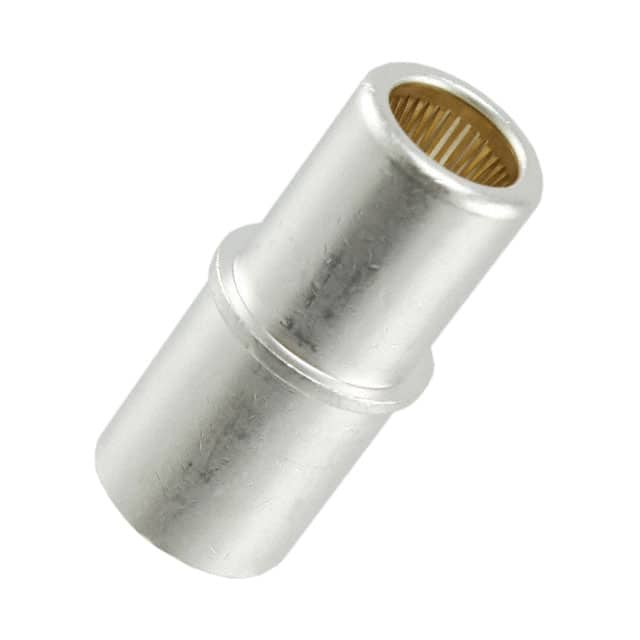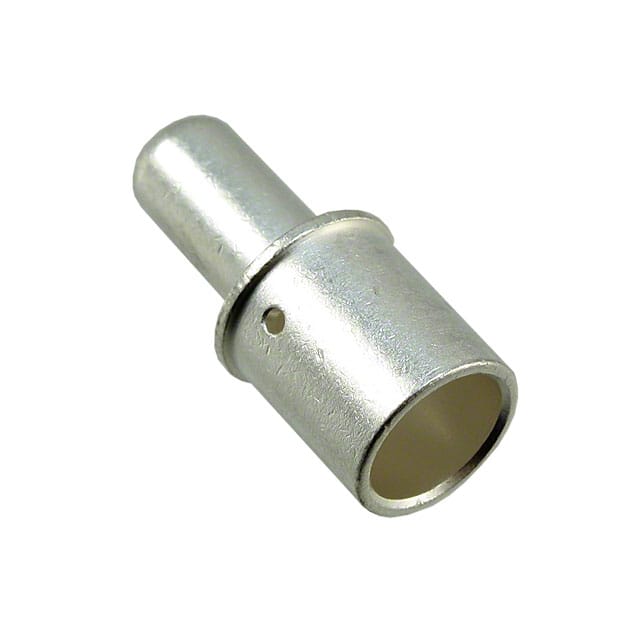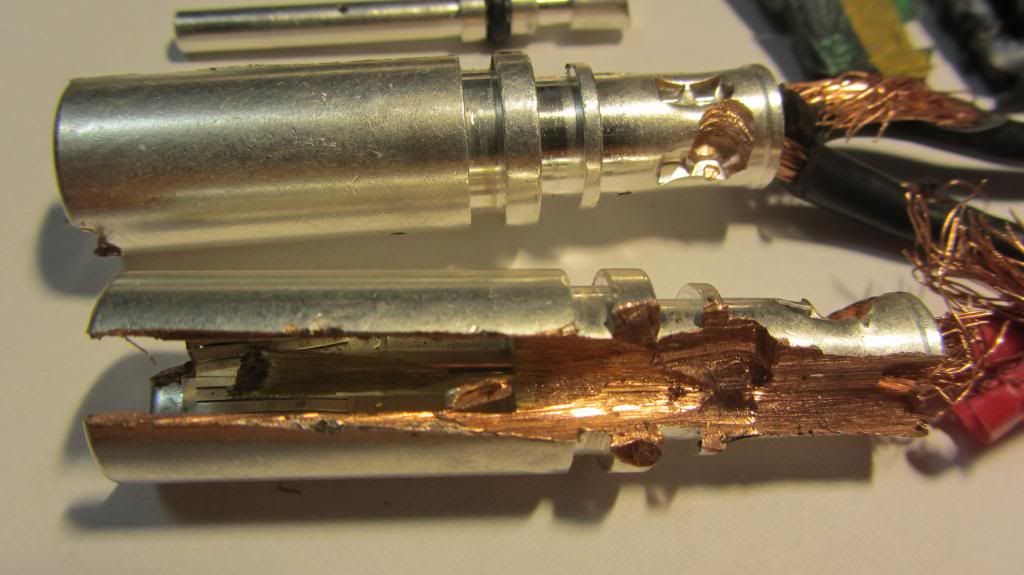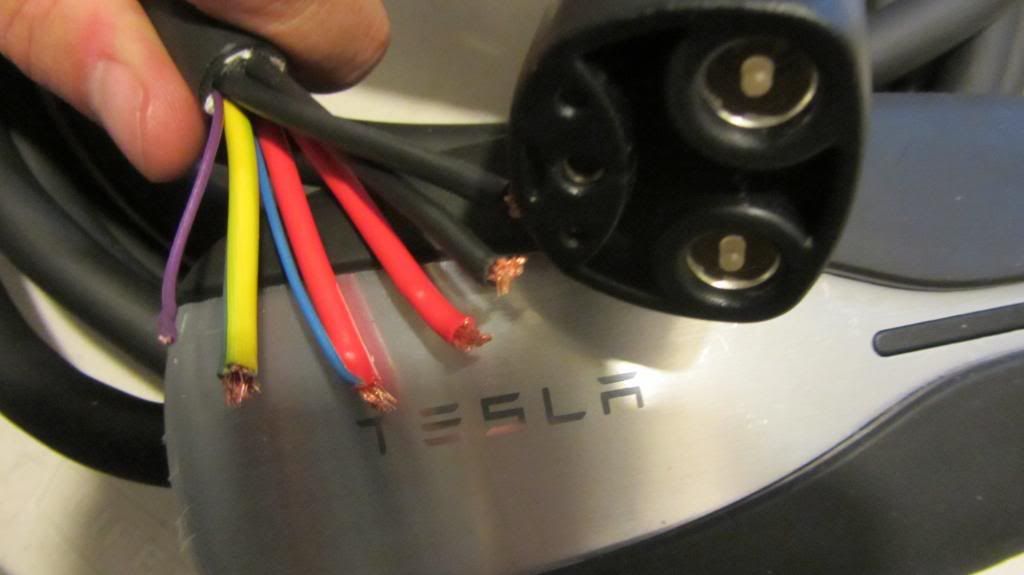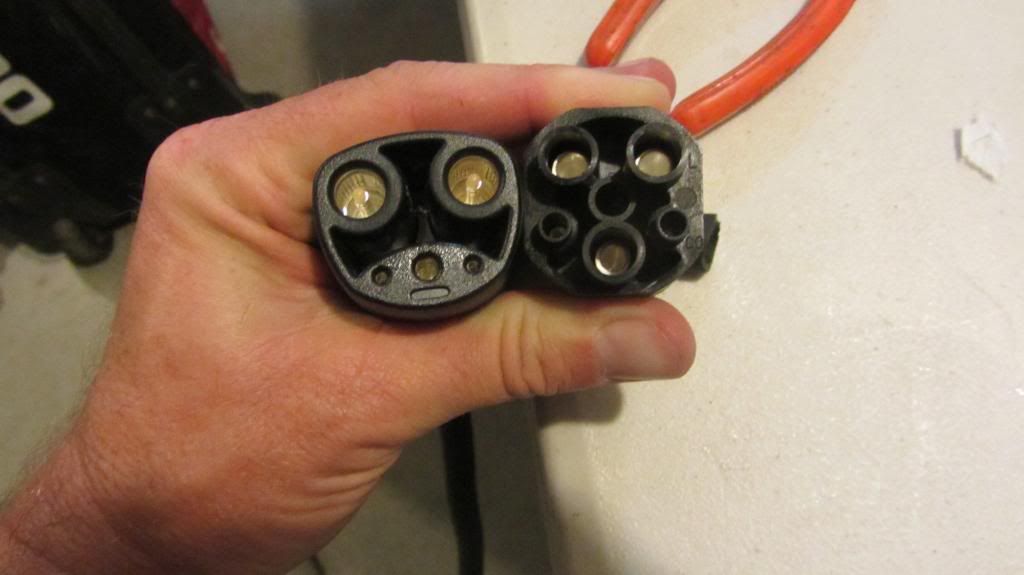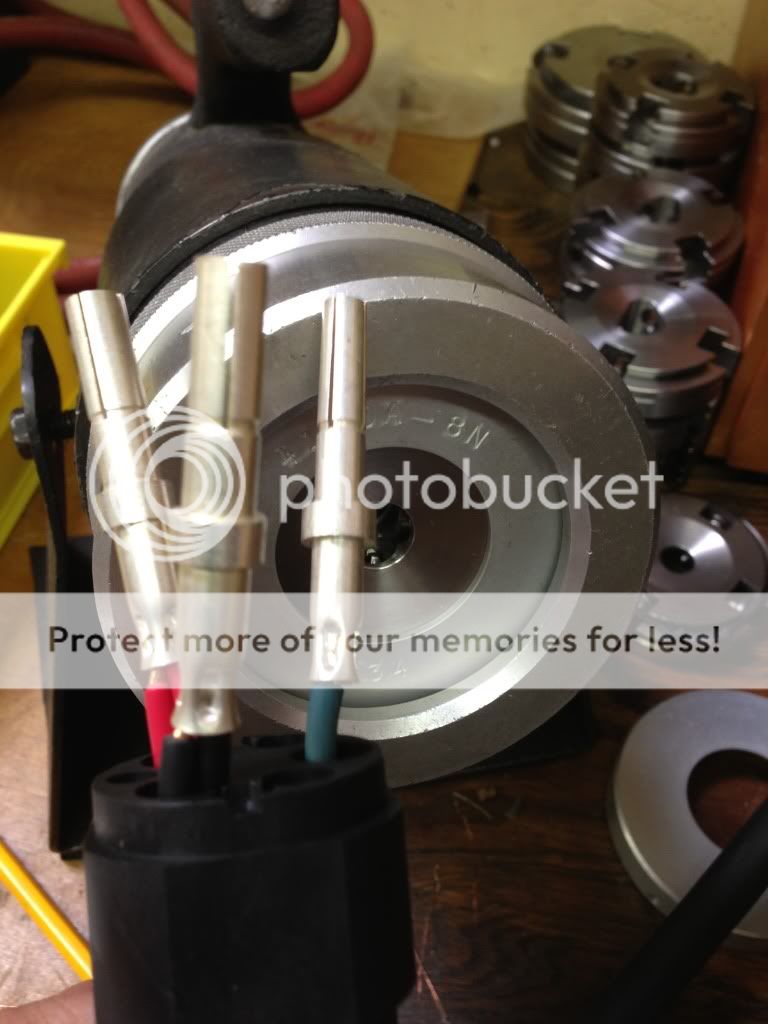JasonA
Well-known member
I guess I'll start this part going since yesterday at the meet I said I would.. and I told Robert last night I would start posting info/specs, etc.. (and I just got your email  )... I just got home right now..
)... I just got home right now..
INFO TIP #1 about these units (they are all made from either Delta electronics, they make the FUJI CHAdeMO systems), FSP or HiPro.. That's probably it.
http://www.delta.com.tw/product/rd/evcs/evcs_product.asp
TIP#2 These are LIGHT YEARS ahead of standard PC powersupplies.. even the "fancy" big names like Corsair, ANTEC and CoolerMaster.. they are still junk compared to these "Enterprise Class" units.
TIP#3 They will run ALL DAY LONG in a 135*f server closet who's AC unit has failed and keep on ticking.. no issues...
FACT#4 They can be regulated (Audrino,etc)... They CAN BE ISOLATED.. and they CAN BE paralleled for ANY power output you want.. I HAVE DONE IT, many others have done it.. I was one of the first contributors on the RCGroups thread that started to help people back in 09 work on this project..
FACT#5 :lol: I have not "attempted" to push beyond 160vdc with a string of them because there was no need to. Now that I have the Leaf... well... you see my sig below
Here's some links if people want to get started.. THERE ARE A TON OF DIFFERENT SUPPLIES OUT THERE.. USE THIS AS A STARTING POINT TO FIND YOURS
http://www.rcgroups.com/forums/showthread.php?t=1292514
The above link will have almost ANY POWERSUPPLY AVAILABLE!!.. pinouts, schematics, specs, etc..
Now for me..... :twisted:
I've been "kinda working" with a 3000w unit for awhile (well... not too long)... It's a HP 46-52v 3kw BEAST!! Here are some great links and places I've been getting info from..
http://www.rcgroups.com/forums/showthread.php?t=1823759
http://endless-sphere.com/forums/viewtopic.php?f=7&t=32829
My fav place... CNC zone has a great thing on this PS..
http://www.cnczone.com/forums/gener.../112704-hp_server_power_supply_51_4v_57a.html
I've been testing this unit to charge my solar battery bank.. it puts out a TONS of current!! And they can be had at a decent price.. For me...
8*49vdc=392vdc to the pack at 57amps !! Ohhhh yeah! :twisted:
And of course.. the thread that started it all...
http://www.rcgroups.com/forums/showthread.php?t=1005309
Any way that I can help guys... let me know!
INFO TIP #1 about these units (they are all made from either Delta electronics, they make the FUJI CHAdeMO systems), FSP or HiPro.. That's probably it.
http://www.delta.com.tw/product/rd/evcs/evcs_product.asp
TIP#2 These are LIGHT YEARS ahead of standard PC powersupplies.. even the "fancy" big names like Corsair, ANTEC and CoolerMaster.. they are still junk compared to these "Enterprise Class" units.
TIP#3 They will run ALL DAY LONG in a 135*f server closet who's AC unit has failed and keep on ticking.. no issues...
FACT#4 They can be regulated (Audrino,etc)... They CAN BE ISOLATED.. and they CAN BE paralleled for ANY power output you want.. I HAVE DONE IT, many others have done it.. I was one of the first contributors on the RCGroups thread that started to help people back in 09 work on this project..
FACT#5 :lol: I have not "attempted" to push beyond 160vdc with a string of them because there was no need to. Now that I have the Leaf... well... you see my sig below
Here's some links if people want to get started.. THERE ARE A TON OF DIFFERENT SUPPLIES OUT THERE.. USE THIS AS A STARTING POINT TO FIND YOURS
http://www.rcgroups.com/forums/showthread.php?t=1292514
The above link will have almost ANY POWERSUPPLY AVAILABLE!!.. pinouts, schematics, specs, etc..
Now for me..... :twisted:
I've been "kinda working" with a 3000w unit for awhile (well... not too long)... It's a HP 46-52v 3kw BEAST!! Here are some great links and places I've been getting info from..
http://www.rcgroups.com/forums/showthread.php?t=1823759
http://endless-sphere.com/forums/viewtopic.php?f=7&t=32829
My fav place... CNC zone has a great thing on this PS..
http://www.cnczone.com/forums/gener.../112704-hp_server_power_supply_51_4v_57a.html
I've been testing this unit to charge my solar battery bank.. it puts out a TONS of current!! And they can be had at a decent price.. For me...
8*49vdc=392vdc to the pack at 57amps !! Ohhhh yeah! :twisted:
And of course.. the thread that started it all...
http://www.rcgroups.com/forums/showthread.php?t=1005309
Any way that I can help guys... let me know!






